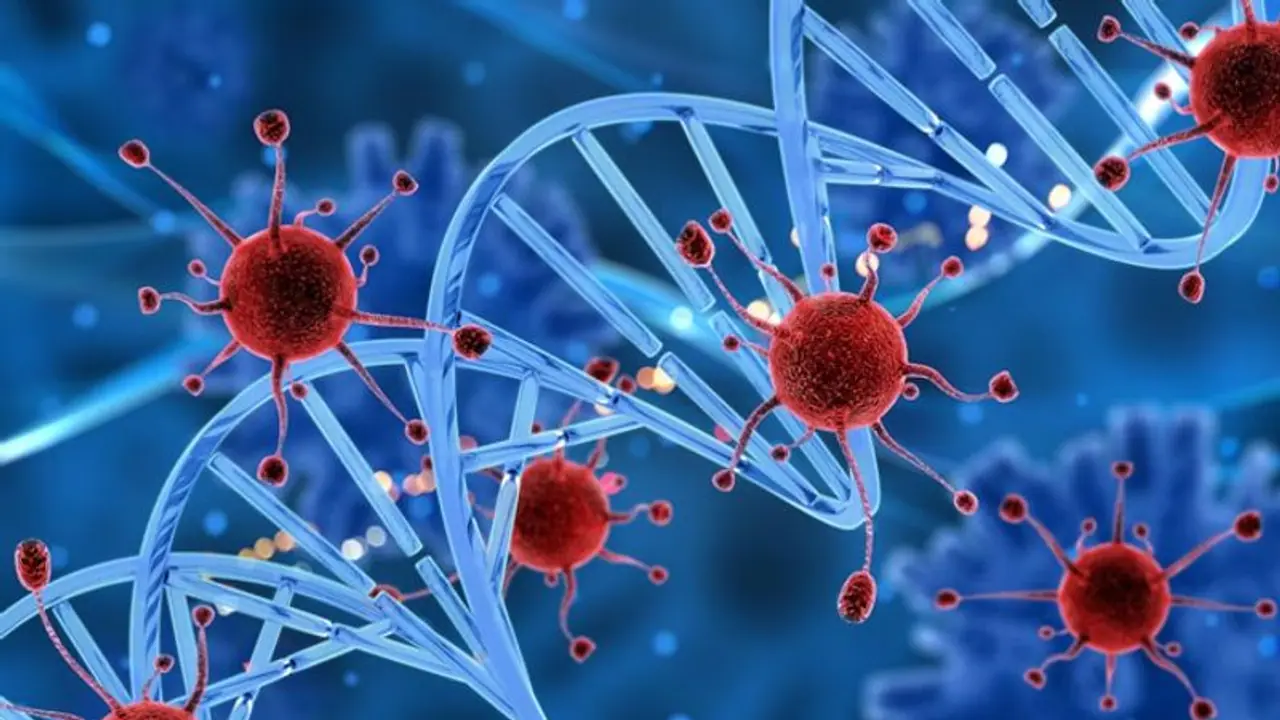Research suggests that follicle-stimulating hormone (FSH) and luteinizing hormone (LH) are secreted in response to gonadotropin-releasing hormones (GnRH), which are thought to control and regulate the gonads' endocrine activity and development.
Gonadorelin is a ten-amino-acid synthetic peptide chemically linked together in a certain order. Gonadorelin is very close in structure to natural GnRH, with just a difference of one or two amino acids in the sequence. The peptide has been labeled a GnRH agonist because it is hypothesized to have some promise in controlling the levels of gonadotropins and maintaining normal reproductive processes. Its structure is similar to that of endogenous GnRH hormones.

Gonadorelin Peptide Overview
It has been hypothesized that the peptide may increase the exhibition and secretion of the gonadotropin luteinizing and follicle-stimulating hormones by acting on the anterior pituitary gland. Researchers call Gonadorelin a "GnRH agonist" because it may potentially provide the same effect as GnRH.
It has been purported that gonadotropin-releasing hormone (GnRH) receptors in the pituitary gland may be downregulated by gonadotropin. This peptide hormone binds to the receptors and, for a brief time, may increase gonadotropin output. Scientists think that downregulation of the receptors, in which the receptors become less sensitive to this peptide, may lead to reversible inhibition of the release of luteinizing hormone and follicle-stimulating hormone. Several theories, some given below, have been offered in the ongoing investigation of this peptide and other GnRH analogs.
- Gonadorelin might be useful for monitoring the hypothalamus and pituitary gland.
- Potential ovulation induction by the peptide.
- Possibly prevents cancer cell proliferation.
- Potentially mitigates the risk of neurodegeneration.
Gonadorelin Peptide and Cancer Cells
Excessive exposure of breast cells to mitogens, namely estrogen and progesterone, may raise the chance of developing cancer in those cells, as suggested by research on cancer cell proliferation in animal trials. Reducing the exposure of healthy cells to these mitogens by limiting their function may lessen the risk of cancer formation.
As suggested by the literature, Gonadorelin and other GnRH agonists have suggested promise in reducing the effects of mitogens on healthy cells. High testosterone levels, a biomarker for hyperandrogenemia (a disease defined by excessive androgen production), have been correlated with an enhanced risk of breast cancer in several scientific studies. As researchers speculate that the peptide may induce a reduction in the substrate for estrogen synthesis without necessarily inhibiting synthesis completely, they are looking into the possibility of using GnRH analogs to combat the source of androgen and, by extension, the potential source of breast cancer.
The lab has also investigated Gonadorelin's potential to reduce luteinizing hormone production. The possibility for GnRH receptor downregulation was cited as a reason why testosterone and dihydrotestosterone synthesis may fall. Investigations purported that GnRH analogs may potentially reduce testosterone levels in male research models, which might deter the growth of cancerous cells in the organism.
Gonadorelin Peptide and the Nervous System
The memory core of the brain, the hippocampus, may be affected by luteinizing hormones, as research suggests, which might lead to malfunction in extreme cases. These scientists hypothesized that inhibiting luteinizing hormone synthesis and secretion using GnRH analogs like Gonadorelin would reduce neurological dysfunction.
Scientists have examined whether testosterone, including memory preservation, may positively affect cognitive performance. As a result, it's possible that completely blocking the gonadal axis in experimental animals is counterproductive. Because of its potential for future study, researchers have suggested GnRH may produce a selective inhibitory impact on luteinizing hormones.
Gonadorelin Peptide and Diagnostics
This experimental study exposed 11 female research models to the synthetically produced Gonadorelin peptide amid the menstrual cycle's follicular phase. Findings suggested the presence of the peptide resulted in an apparent elevation in baseline gonadotropin levels in all models. In addition, the peptide was given to ten female research models who had amenorrhea as part of an experimental study. Infrequent or absent menstruation characterizes amenorrhea. Basal levels of gonadotropins, especially luteinizing hormone levels, were speculated to have increased after the experiment, albeit remained stable over the long run. Results from this research hinted that Gonadorelin's potential to stimulate pituitary production of luteinizing hormones and follicle-stimulating hormones may rely not on baseline levels of these hormones but on the proper operation of the hypothalamic-pituitary-ovarian axis. Based on their findings, the researchers hypothesized a positive association between the two, with the hypothesis being that the more severe the disruption of the hypothalamic and pituitary axis, the greater the production of the gonadotropins.
Gonadolin Peptide and Spermatogenesis
Seven male test models participated in this randomized controlled clinical experiment, in which they were given a GnRH analog once daily for up to 16 weeks and a testosterone enanthate compound twice weekly. The levels of testosterone, luteinizing hormones, and follicle-stimulating hormone in the models' basal serum were tracked during the trial. The researchers suggested that after 14-16 weeks, the average sperm count in the test models had allegedly decreased by 93%, resulting in azoospermia, which is defined by the entire lack of sperm in the ejaculate in three of the subjects. Normalizing the mean sperm count after the experiment was finished suggested that the peptide hormone's effect, if any, was reversible.
Scientists interested in buying Gonadorelin Peptides can do so by visiting the Biotech Peptides website.
References:
[i] Marques P, Skorupskaite K, George JT, et al. Physiology of GNRH and Gonadotropin Secretion. [Updated 2018 Jun 19]. In: Feingold KR, Anawalt B, Boyce A, et al., editors. Endotext. South Dartmouth (MA): MDText.com, Inc. https://www.ncbi.nlm.nih.gov/books/NBK279070/
[ii] Hypogonadotropic Hypogonadism. https://www.pennmedicine.org/for-patients-and-visitors/patient-information/conditions-treated-a-to-z/hypogonadotropic-hypogonadism
[iii] National Center for Biotechnology Information. PubChem Compound Summary for CID 638793, Gonadorelin. https://pubchem.ncbi.nlm.nih.gov/compound/Gonadorelin.
[iv] Philip GA Thomas, Alain Fontbonne, Drugs and reproduction. https://www.sciencedirect.com/topics/pharmacology-toxicology-and-pharmaceutical-science/gonadorelin-acetate
[v] Lepor, Herbert. “Comparison of single-agent androgen suppression for advanced prostate cancer.” Reviews in urology vol. 7 Suppl 5,Suppl 5 (2005): S3-S12. https://www.ncbi.nlm.nih.gov/pmc/articles/PMC1477619/
Disclaimer: This is a featured content
